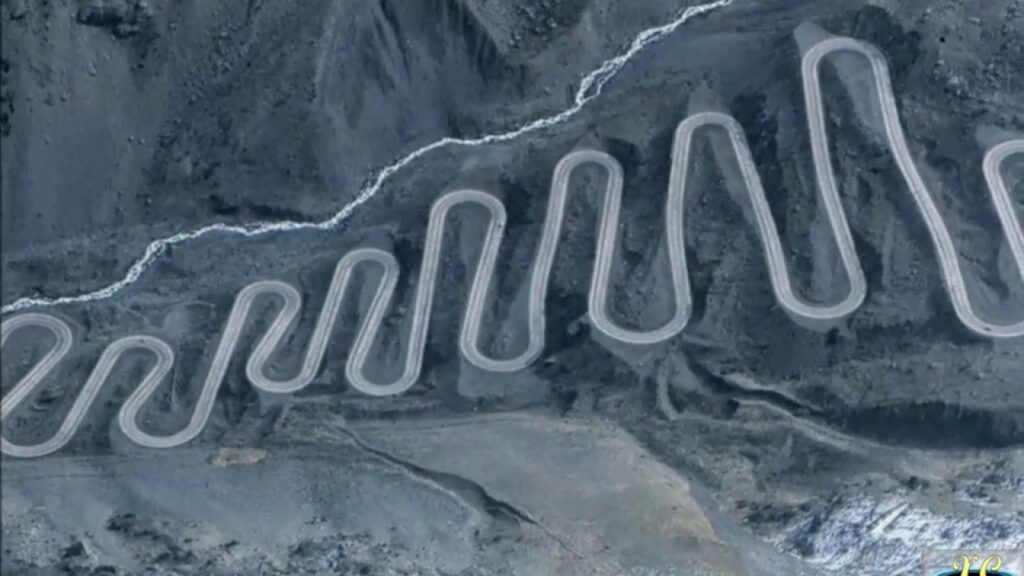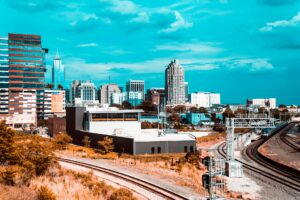The snail road looks like a snake twisted up a mountain. This road is also known as Los Caracoles. It’s one of the most important and tense mountain passes in the world. So, let’s discuss the beautiful Snail Road of Chile and Argentina.
Geographic Overview of the Snail Road
The Snail Road is situated in the Andes Mountains, connecting Chile and Argentina through the Paso Los Libertadores. It is located near the town of Los Andes in Chile, and the road leads toward the Argentinian province of Mendoza.
Name Foundation
When you see the flight view, the road looks like a series of tight snail shells set in a curve. It’s full of twists, and just like a snail.
Engineering
This road isn’t just crazy; it’s a masterpiece of Chile. Engineers had to cut a usable path through some of the roughest land in South America. With 29 hairpin turns, sheer drops, and steep climbs, the construction was no easy feat. It was made to handle large trucks, buses, and reckless drivers similarly.
Historical Importance
Los Caracoles isn’t just a modern road—it has a historical place too. The road was a major route used for transporting products between Argentina and Chile. Over time, it turned into a vital path for trade, tourism, and adventure. It helped develop regional economies and opened the way for highland travel.
Road Structure and Features
This isn’t your average mountain road. The Snail Road features:
- 29 sharp switchbacks
- An increase of over 3,200 meters (10,500 feet)
- No tunnels—just raw, exposed road
- Basic rails (in some areas)
- Common snow cover in winter
Driving Experience
Ever wanted to feel like a racecar driver on a mountain? This is your chance—but with caution. Driving on The Snail Road means managing steep descents, dodging falling rocks, and sharing paths with massive trucks. If you’re not an experienced mountain driver, don’t go to this place.
Safety Measures
Despite its beauty status, the Chilean government takes road safety seriously. Crews often remove snow, fix damage, and monitor traffic. However, there are no fancy barriers or high-tech lighting. What you see is what you get—pure, raw mountain driving.
Viewpoints and Photography
With the snow-capped Andes in the background, this beautiful view is a must-watch. Stop at one of the pull-over areas with safety to take a photo. Sunsets over the mountains are especially superb, bathing the curves in orange and purple.
Cyclists and Adventure Hunters
Believe it or not, cyclists and thrill-seekers come from around the world to trip here. The physical challenge, combined with thin air and sharp curves, makes it a top exercise spot. Some even call it a rite of passage. But be careful, one wrong move can mean a serious problem.
Tourist Attractions Nearby
- Cristo Redentor de los Andes: A big statue of Christ as a sign of peace between Chile and Argentina.
- Portillo Ski Resort: A ski area nearby.
- Los Andes town: A cool town with food, hotels, and culture.
Tips for Travelers
Here are some travel trips for tourists:
- Best time to visit: Between November and March
- Drive in daylight only
- Check your brakes
- Bring food, water, and warm clothes
- Have a backup plan in case the road closes
Environmental Impact
The snail Road is Complex. Noise, pollution, and tourism can damage you. Thankfully, there are efforts happening to reduce confusion, improve sustainability, and protect wildlife in the area.
Conclusion
The Snail Road in Chile is more than just a road through the mountains—it’s a journey of tensions, beauty, and patience. If you’re driving it, biking it, or just appreciating it from afar, this twisty beast leaves an impression.





